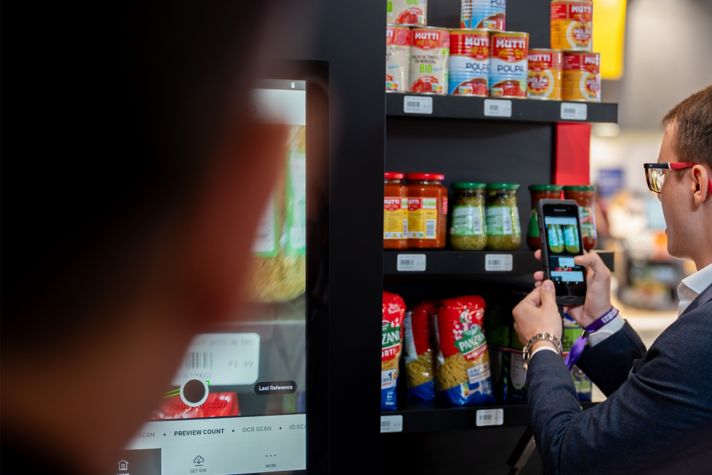-
Global
-
Africa
-
Asia Pacific
-
Europe
-
Latin America
-
Middle East
-
North America
- |
- BUSINESSES
- |
- Contact
- |
-
Global
-
Africa
-
Asia Pacific
-
Europe
-
Latin America
-
Middle East
-
North America
- |
- BUSINESSES
- |
- Contact
- |
You are browsing the product catalog for
You are viewing the overview and resources for
- News
- Why There is a Spike in Returns
Why There is a Spike in Returns
Many happy returns! Here are the reasons we're bringing and sending more things back than ever before.
Returning an unwanted gift or wrong size item used to be daunting.
The process involved long lines at a customer service center or tedious tasks like repackaging an online order, printing out a return label and venturing to a shipping company.
But returning gifts is no longer intimidating as more people than ever are returning items.
UPS predicts that returns will peak on Jan. 2, 2020, with 1.9 million returns in one day - deemed National Returns Day. That's after they shipped more than 1 million packages back each day throughout December 2019.
That’s up 26 percent from last year’s same retail holiday and sets a record.
“In general returns are always heavy after Christmas because sometimes people don’t like their gifts,” said Karen Bomber, a Honeywell director with more than 20 years of experience in the retail technology industry. “But other times, gift givers buy multiples of things as backups.”
They then return the gifts they never gave, she said.
Overall, here’s why returns have spiked:
It’s easier than ever to return
Retailers now make sure shoppers do not feel like it is a hassle to return an unwanted ite.
To help make the process frictionless, many retailers are accepting items back with no questions asked. Even if the item is opened.
As long as customers have their receipt and the product, then retailers refund the money or give store credit.
That's because retailers know that a customer's return experience matters.
In fact, 73 percent of shoppers said the overall returns experience will impact the likelihood of whether they purchase again from a retailer, according to a UPS survey.
Return policies have become more generous
Retailers want to meet the high consumer expectations due, in part, to increased competition from online companies.
Return windows once were limited to 15 to 30 days after a purchase. But now, retailers will often process returns long after that window in exchange for store credit.
That way retailers will still get customers to spend their money with them.
Refunds are faster and better
To prevent customers from having to print return labels themselves, retailers now include a return label with the initial shipment.
Often, they also cover the shipping cost of the return.
To entice customers further, retailers will put money back on an online shopper’s card as soon as they process the return, giving customers money back immediately.
Copyright © 2025 Honeywell International Inc.






